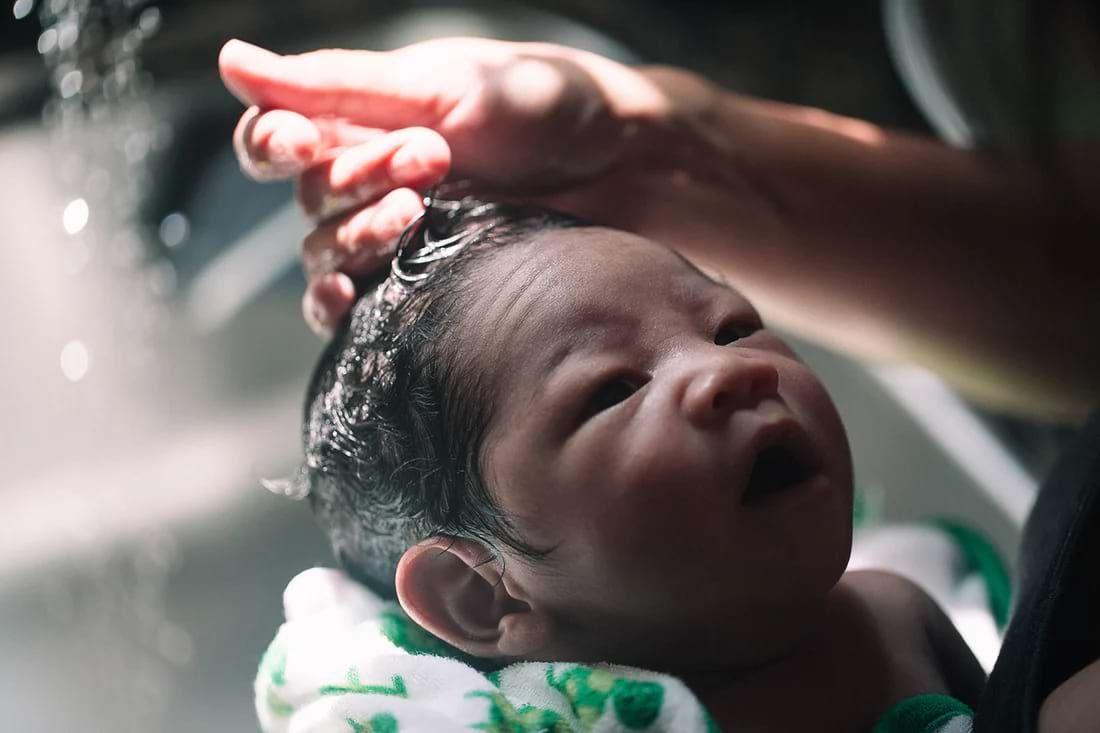BABY
Get Rid of Cradle Cap With This Proven Method
Uh-oh. Is your newborn’s adorable, kissable head looking a little…scaly? Try this cradle cap treatment.

Written by
Dr. Harvey Karp

SHARE THIS ARTICLE
PARENT PICKS
Bestsellers
BABY

Written by
Dr. Harvey Karp

SHARE THIS ARTICLE
Bestsellers
Uh-oh. Is your newborn’s adorable, kissable head looking a little…scaly?
As early as a few weeks old, many babies start showing greasy, thick, crusty, or flaky scales on their scalp, forehead, eyebrows, or even their ears. The scales can be yellow, white, or brown, and the skin might be a little red. This is cradle cap—or seborrheic dermatitis—and yes, it can be pretty icky. But there is good news:
Many parents think that cradle cap is just dry skin. Cradle cap looks like dry skin, but it is actually flakes of dead skin stuck together with the natural oil from your baby’s pores. Those yucky scales are just dead skin trapped in extra oil that is stuck to the scalp like a bunch of postage stamps stuck on a package. In the removal process, you are trying to float those postage stickers up—so that you can wash them off.
In some cases, cradle cap might even extend to your baby’s bottom. You might mistake it for diaper rash, and it is best to treat it the same way: Keep the skin clean and dry, use plain water or mild wipes, and apply a gentle diaper cream or lotion. But since so many things can cause a diaper rash, it is best to ask your doctor.
Many parents think they should apply oil to their baby’s scalp as a preventative remedy—they get fooled by its dry appearance and think oil will help. But since excess oil is the cause, that is one of the worst things to do. So, once you get rid of cradle cap, think of it like starting from a clean slate—that you will want to keep clean. Wash your infant’s hair and face regularly to keep excess oil from building up.
And buck up your courage to gently, yet thoroughly, clean around the eyebrows and sensitive soft spot!
Disclaimer: The information on our site is NOT medical advice for any specific person or condition. It is only meant as general information. If you have any medical questions and concerns about your child or yourself, please contact your health provider. Breastmilk is the best source of nutrition for babies. It is important that, in preparation for and during breastfeeding, mothers eat a healthy, balanced diet. Combined breast- and bottle-feeding in the first weeks of life may reduce the supply of a mother's breastmilk and reversing the decision not to breastfeed is difficult. If you do decide to use infant formula, you should follow instructions carefully.